The continuous increase in energy consumption causes the traditional energy resources to be depleted. In addition, fossil fuel consumption accelerates global climate change and invites many environmental problems. Therefore, interest in sustainable and alternative energy sources is increasing, and solar energy has come to the forefront among these options. Combining economic and environmental factors, solar energy has taken its place among the options that homeowners and businesses can no longer give up.
Solar-powered appliances are defined as systems that convert sunlight into thermal energy. Supporting an environmentally friendly lifestyle, these products also offer sustainable energy solutions. The most striking among them;
- Solar cooling and heating systems
- Solar chargers
- Solar cooling and heating systems
- Solar water heaters
- It can be listed as solar panels.
Solar energy provides energy production without damaging natural resources. After the conversion of solar heat with different technologies, direct electricity generation is realised. These systems, which are now used in homes and workplaces, have also gained a place in agriculture, industry and space research. Solar energy, which stands out for being environmentally friendly, reduces dependence on fossil fuels and supports a cleaner future.
What are the tools that work with solar energy?
Solar-powered appliances cover many categories. From lamps to watches, from chargers to cameras, solar energy is now used for many devices. Solar energy can also be used in devices such as fans, bags and projectors.
- Solar Powered Fans: Solar powered fans are special devices that clean the air. These fans, which are used in the vehicle during the hot summer months, actually offer an environmentalist solution. Thanks to its air circulation apparatus, it allows you to save fuel without using air conditioning. In addition, these fans clean the hot air inside the vehicle by giving it out.
- Solar Powered Bags: These bags, defined as portable mini solar panels, can be used in travelling, hiking and at many points. This bag is used to charge devices. Although it is versatile, it charges smart devices, external batteries, speakers or GPS systems via USB. These products, which are offered in different models, have the ability to charge up to 6-7 hours at a time. Solar-powered bags that can charge themselves for up to 3 hours on average under full sunlight provide high efficiency and convenience.
- Solar Powered Cameras : These cameras, which are used to protect homes or workplaces with solar energy, are resistant to extreme temperature fluctuations. Almost all of them are waterproof. It can also make fast image transfer over WIFI. These cameras, which can take pictures with motion sensor feature, also offer high quality night vision. Some models can send sound to the environment, while others have the ability to listen to the environment.
- Solar Powered Watches: Thanks to the revolutionary solar-powered watches, no battery is needed. Since they only work with solar energy, these watches that end battery consumption also have a practical use.
- Solar Powered Floodlight: The floodlights that you can use for garden or camp lighting are now also powered by solar energy. In addition, while the use of such products for power outages is becoming widespread, it also puts an end to battery or electricity consumption.
- Solar Charger: These devices, also known as portable solar chargers, are used to charge mobile devices via USB.
- Solar Powered Lamps: Decorative lamps are preferred for lighting terraces, balconies or gardens. It is also used for decoration for special occasions. These solar-powered LED lamps can be placed directly on the ground. It should not be forgotten that these lamps, which work only with the rays of the sun, are environmentally friendly.
In Which Areas Is Solar Energy Used?
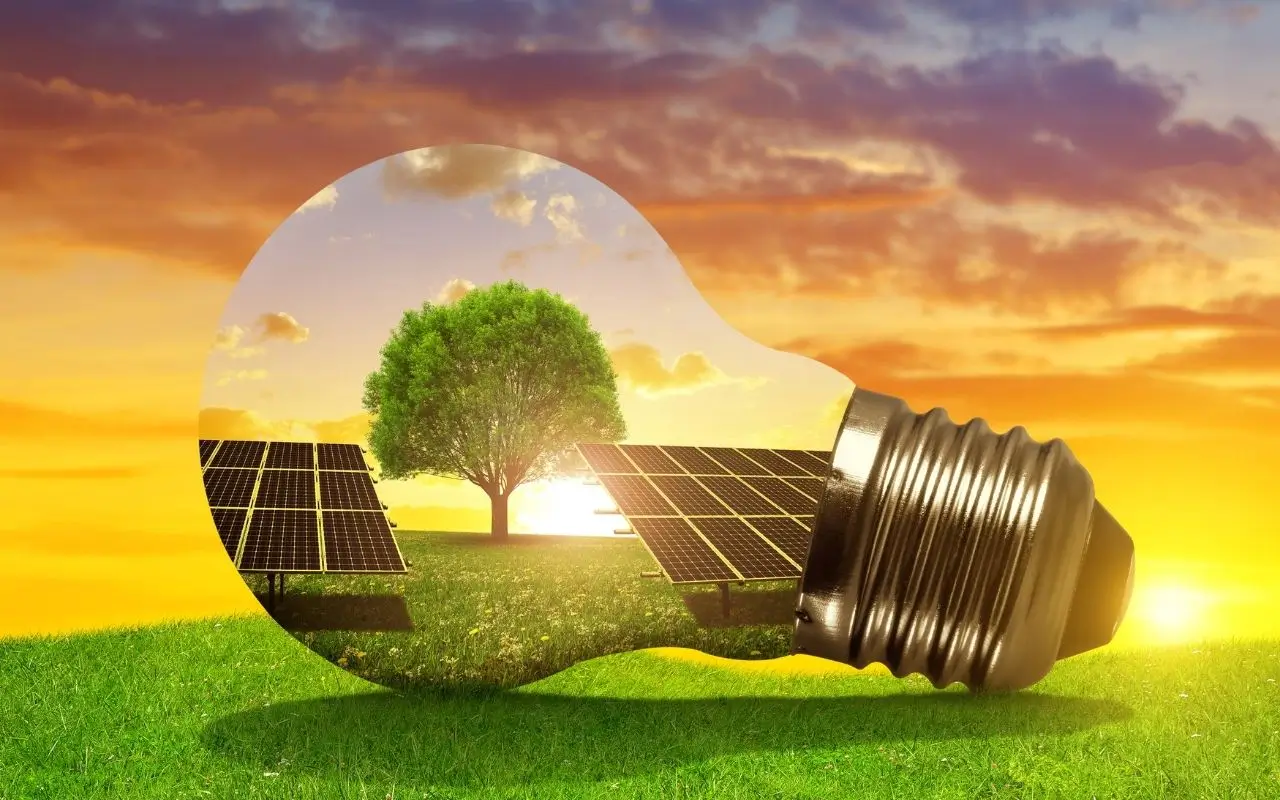
The usage areas of solar energy are increasing day by day. Today, there is a widespread area from space research to the agricultural sector, from heating buildings to electricity generation, where technologies for converting the heat and light energy of the sun are used. In addition, solar energy is not only limited to electricity generation, but has also taken its place in portable devices, water heating, general heating and similar daily use areas.
- Portable Devices: Solar-powered portable devices are becoming popular. In this way, very good solutions are offered in areas where electricity may be limited. With the panels integrated into the mini chargers, sunlight is converted into electricity and stored. These portable, lightweight and small devices can easily be taken with you while camping, travelling or during the day. Since they are charged as long as they see sunlight, they also bring long-term use.
- Vehicles: Today, the number of electric vehicles has started to increase. These vehicles, which can be completely charged with solar energy, contribute to the environment while ending fuel consumption. Photovoltaic cells are included in these systems, which are generally mounted on the hood or roof of the vehicle and capture sunlight. In this way, vehicles charged with electricity sent to the vehicle's battery continue to be used in a healthy way. Electric vehicles bring a more flexible driving experience while providing benefits on long journeys.
- Space Research: The energy needs of space stations and vehicles are met by utilising solar panels in space research. The energy obtained from sunlight is actually important for the smooth functioning of both vehicles and space stations.
- Agriculture: It is possible to say that solar energy is indispensable for agricultural activities. Solar energy, which increases productivity in agriculture and is also used in irrigation systems, meets the energy needs of the pumps in these systems. With the energy obtained, agricultural areas are irrigated efficiently and water resources are used effectively. Thanks to solar energy, which is preferred instead of traditional irrigation methods, there is an environmentally friendly approach. The non-use of fossil fuels in agriculture reduces carbon emissions and reduces the negative impact on the environment.
- Water Heating: Hot water production is provided by solar energy. In order to meet the need for hot water in homes or businesses, sunlight is absorbed by systems mounted on roofs. The heat generated after the sunlight absorbed by the panels in the thermal collector heats the water and makes it ready for use. This heated water is transferred to the hot water tank through channels or pipes. Then, hot water needs are started to be met from the taps in homes or workplaces.
- Heating and Cooling Systems: Buildings can be heated or cooled by utilising thermal energy. These systems (collectors), which work by absorbing sunlight, provide the service required by the buildings after the application that transmits water to the areas in the building with channels or pipes. These systems, especially for heating the interior spaces of buildings, are more cost-effective. In the cooling process, the collectors cool the air or liquid to be used in the cooling process. It is generally integrated with the air conditioning systems in the building and successful results are achieved.
- Electricity Generation: Electricity is produced with solar energy. Thanks to solar energy systems, electricity can be generated in many areas from the roof of individual houses to large enterprises. Large-scale power plants are generally installed in large areas. These power plants, which are installed in desert or agricultural lands, produce a significant amount of electricity.
Why Should Solar Powered Appliances Be Preferred?
Solar-powered appliances aim to achieve the same efficiency while using less energy. These 100% environmentally friendly appliances bring significant savings while minimising the negative impact on the environment. Since energy efficiency means a healthy and sustainable life individually and collectively, the popularity of such appliances is increasing.
Using renewable energy sources, which is one of the most accurate ways to save energy, should be preferred in living spaces. Preferring solar-powered appliances in homes allows you to reduce electricity bills and cause less damage to the environment. Likewise, since energy consumption will be under control with smart devices, it will also provide savings. Finally, insulation and insulation works are one of the effective methods that increase energy efficiency. You can reduce thermal losses in the house with these studies and consume less energy.
As a result, when solar-powered appliances are preferred;
- Economic savings are provided.
- Energy independence is achieved.
- Such tools are easy to install and practical to use.
- It brings low maintenance costs.
- These tools can be invested in for a long time.
- Have an environmentally friendly approach.
What is the Importance of Solar Energy?
Solar energy, which is defined as the most important energy source not only today but also in the future, is primarily a natural energy source. While it brings many advantages, it should not be forgotten that it is clean and environmentally friendly. In addition, the effects that cause greenhouse gas emissions in energy production compared to fossil fuels can be reduced by choosing solar energy. This means improving environmental health and protecting nature. Since it is an unlimited resource, the energy needs of future generations are also secured in this way.
Solar energy, which enables countries to use their own energy resources more efficiently, actually reduces dependence on traditional resources. This situation reduces the risks in energy supply as it increases economic security. The low operating cost of solar energy is also among its remarkable advantages. The fact that the maintenance and installation costs of SPPs are lower than other sources actually shows how comprehensive this energy is. In summary, solar energy has a positive impact not only on energy production but also on employment, economy and environmental factors and should always be preferred.


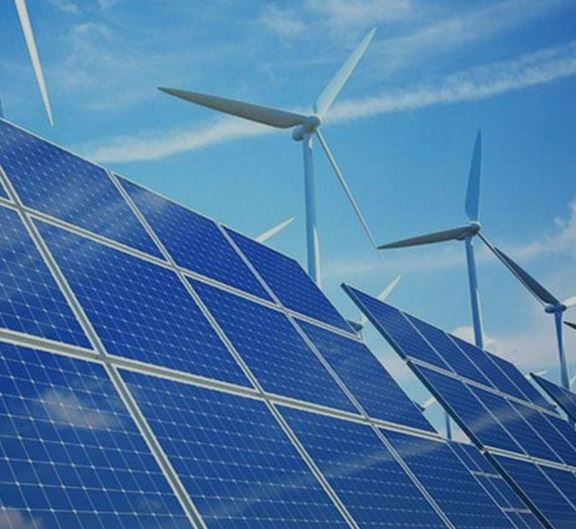
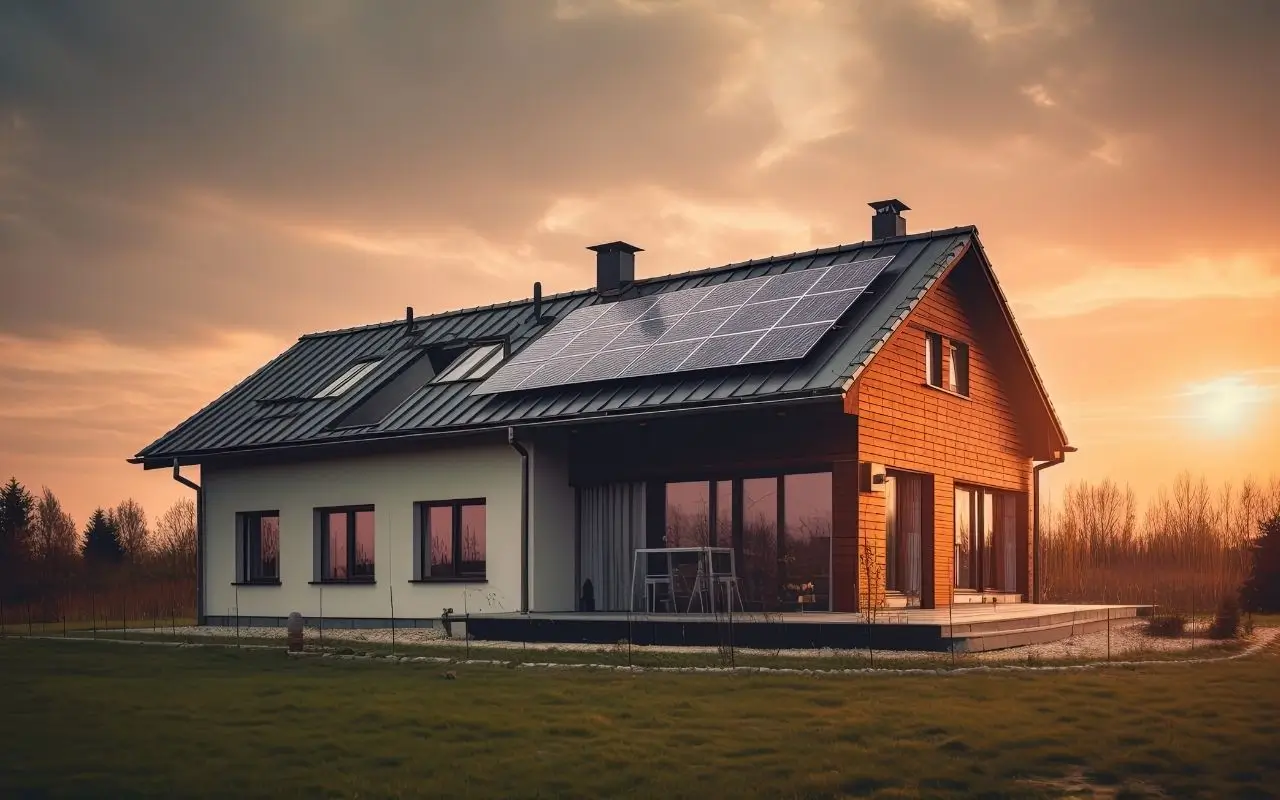
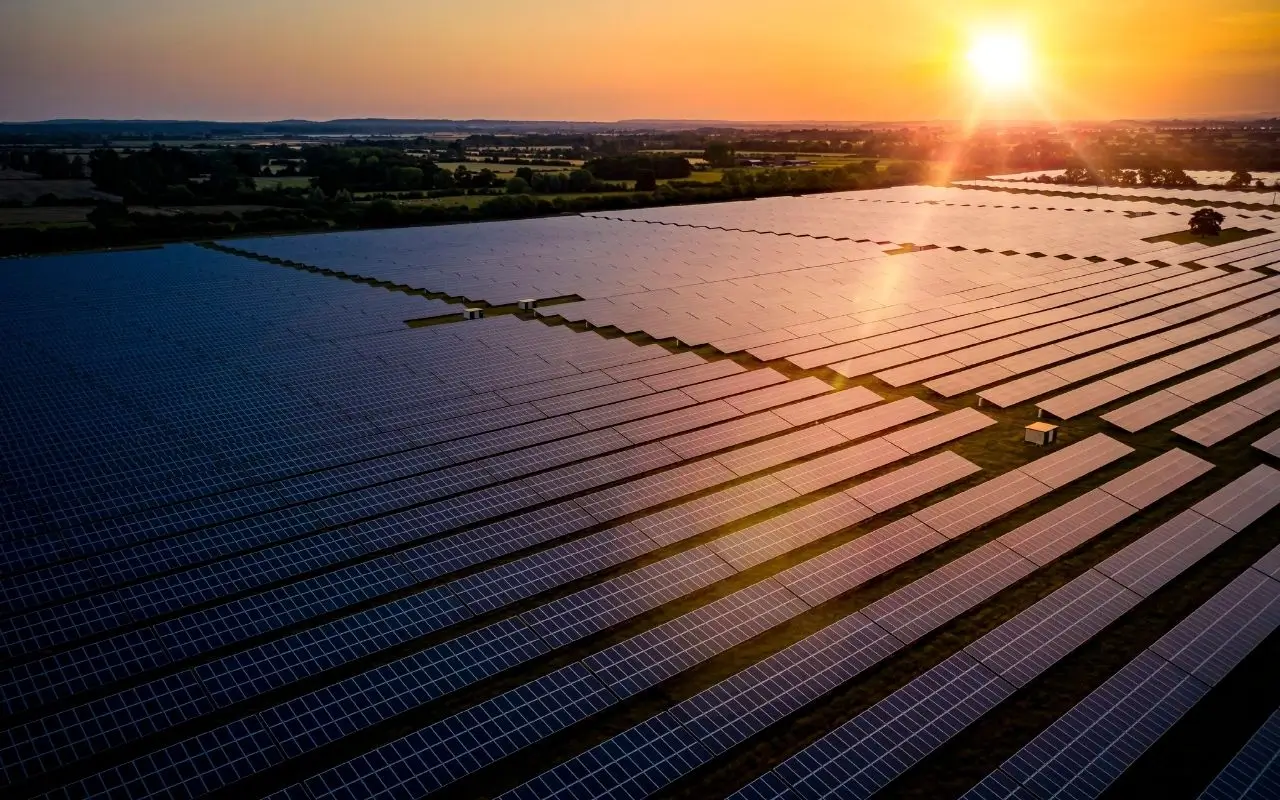
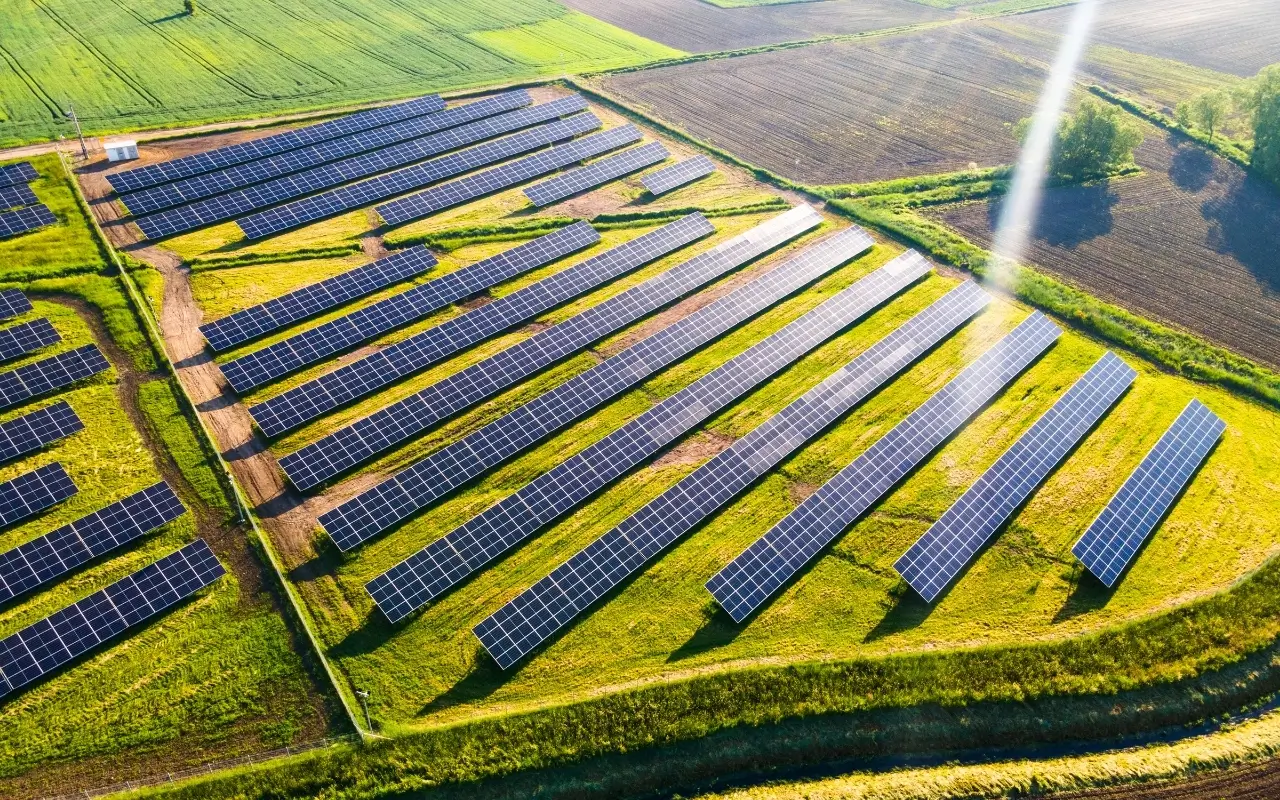
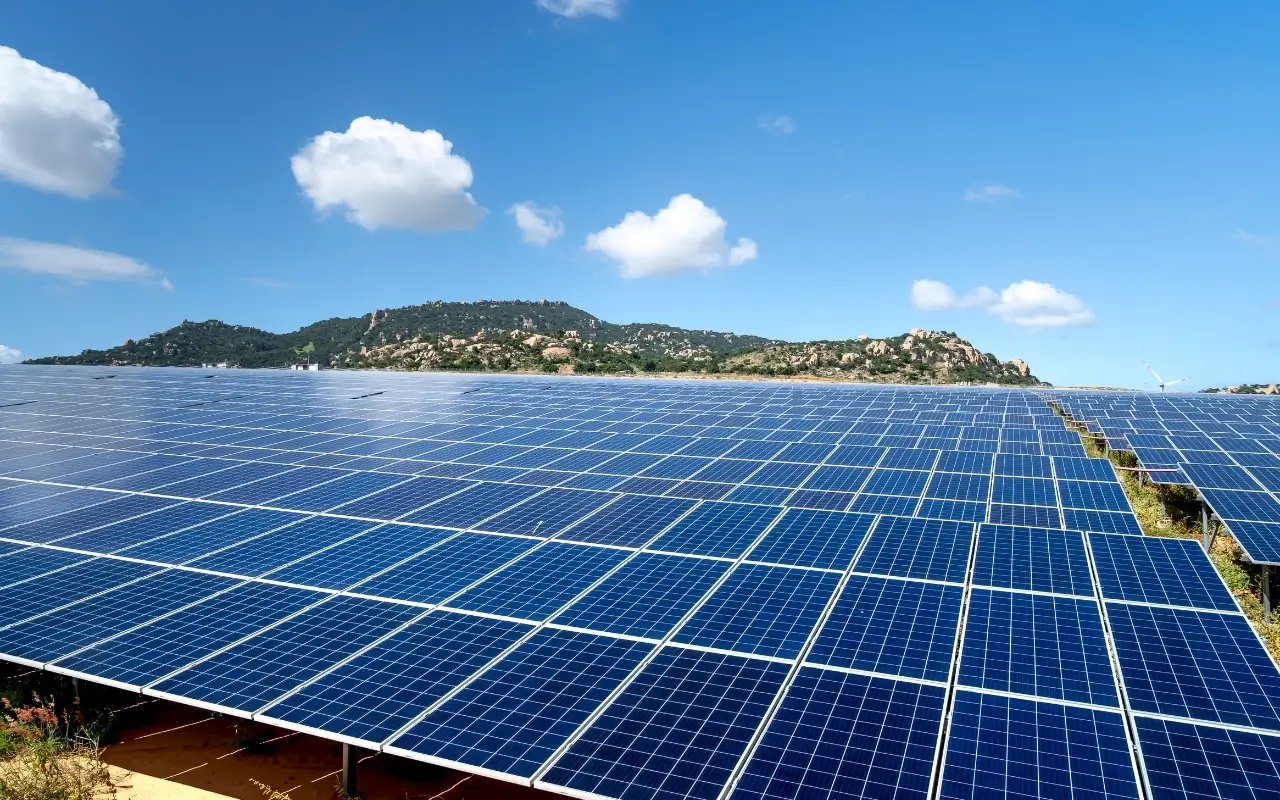
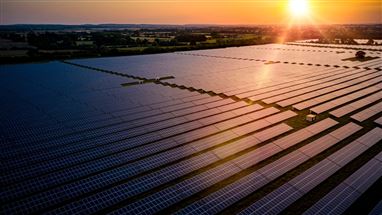
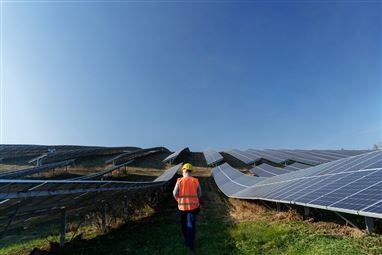
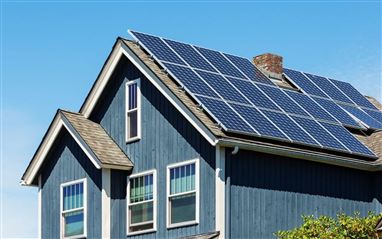
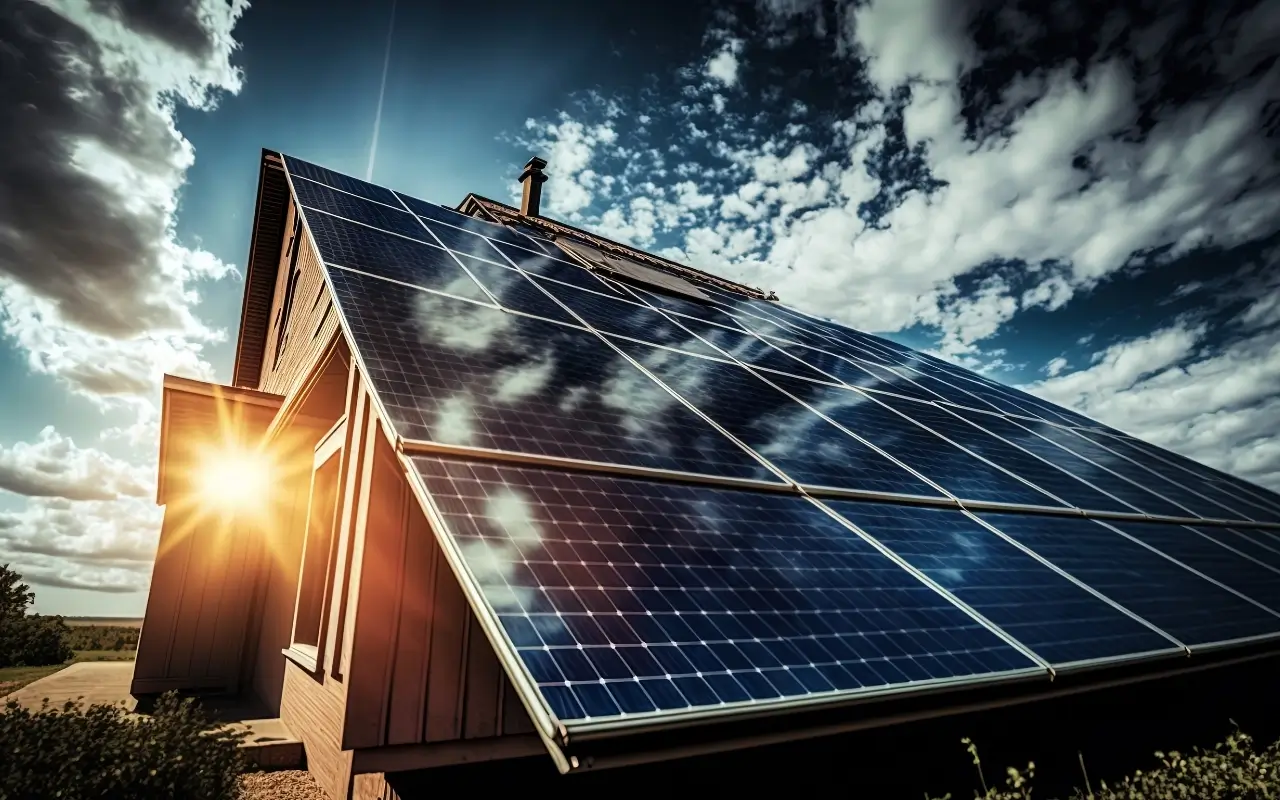
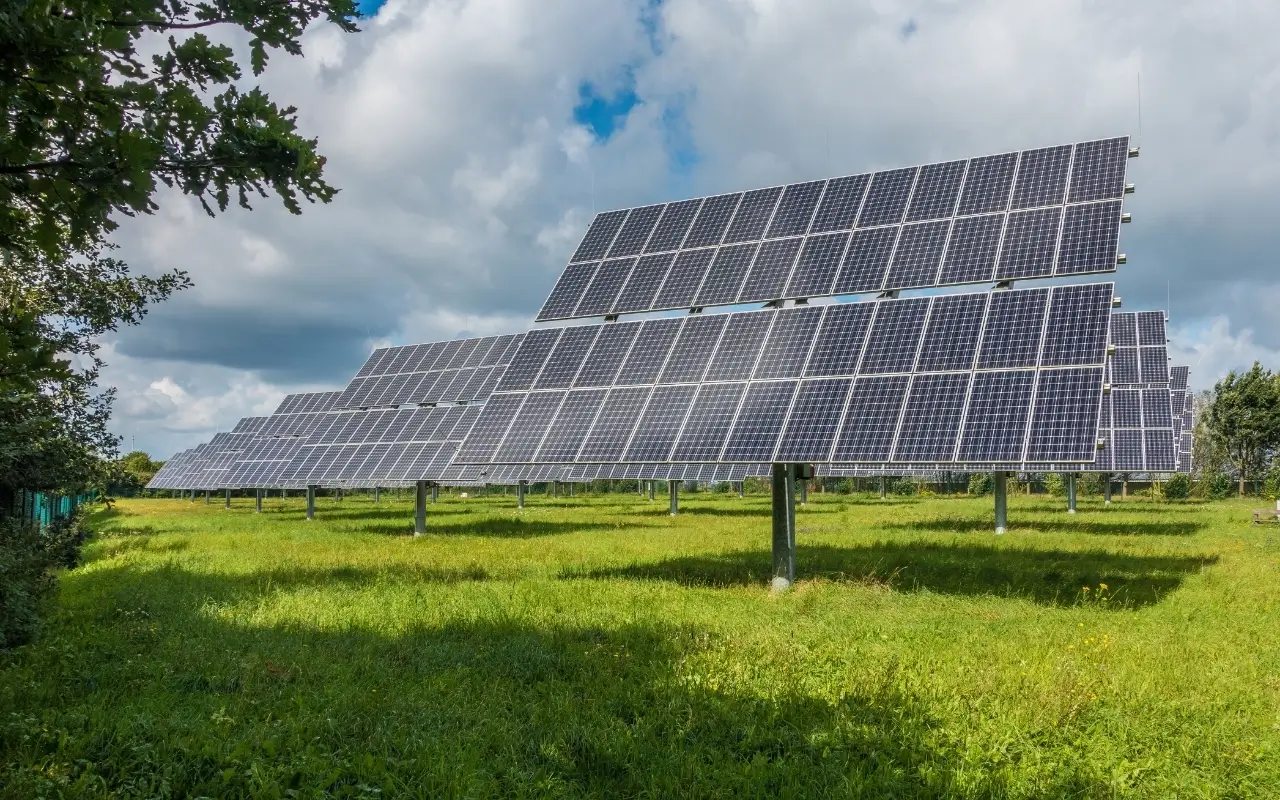
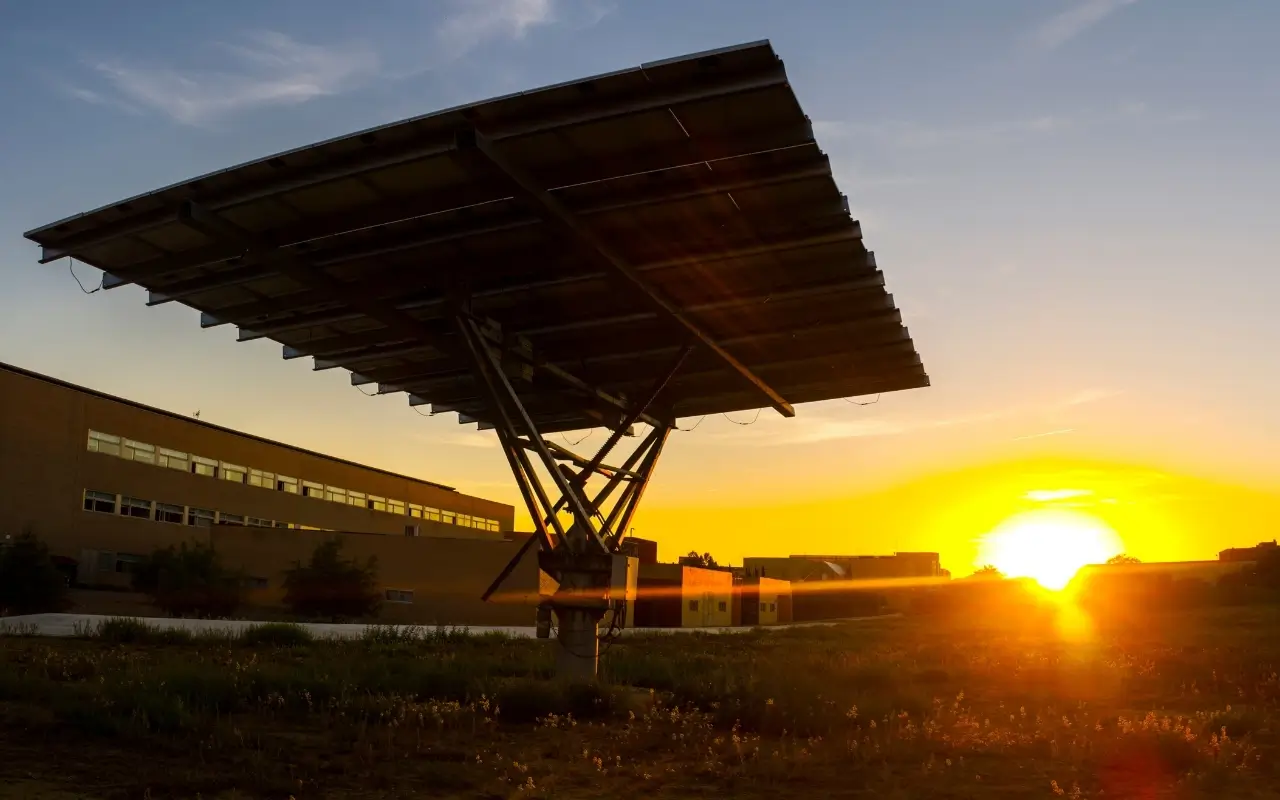
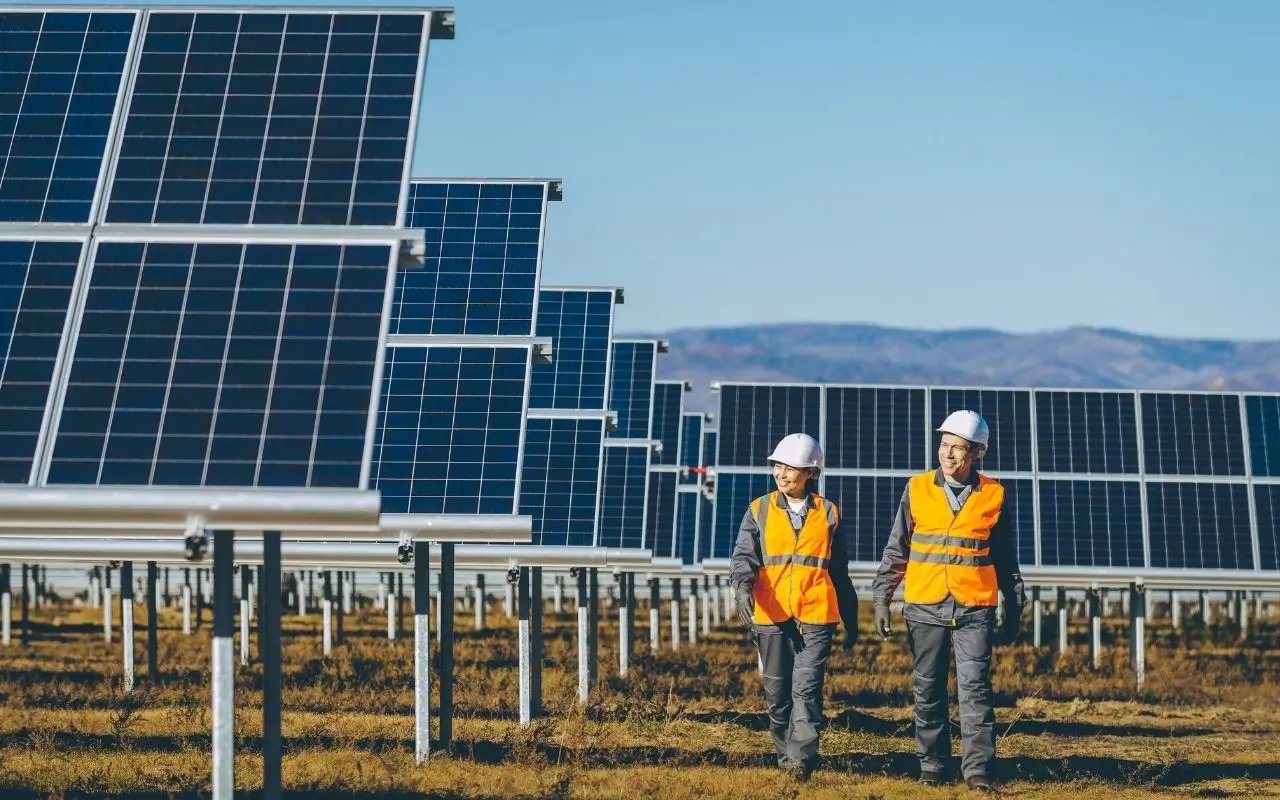
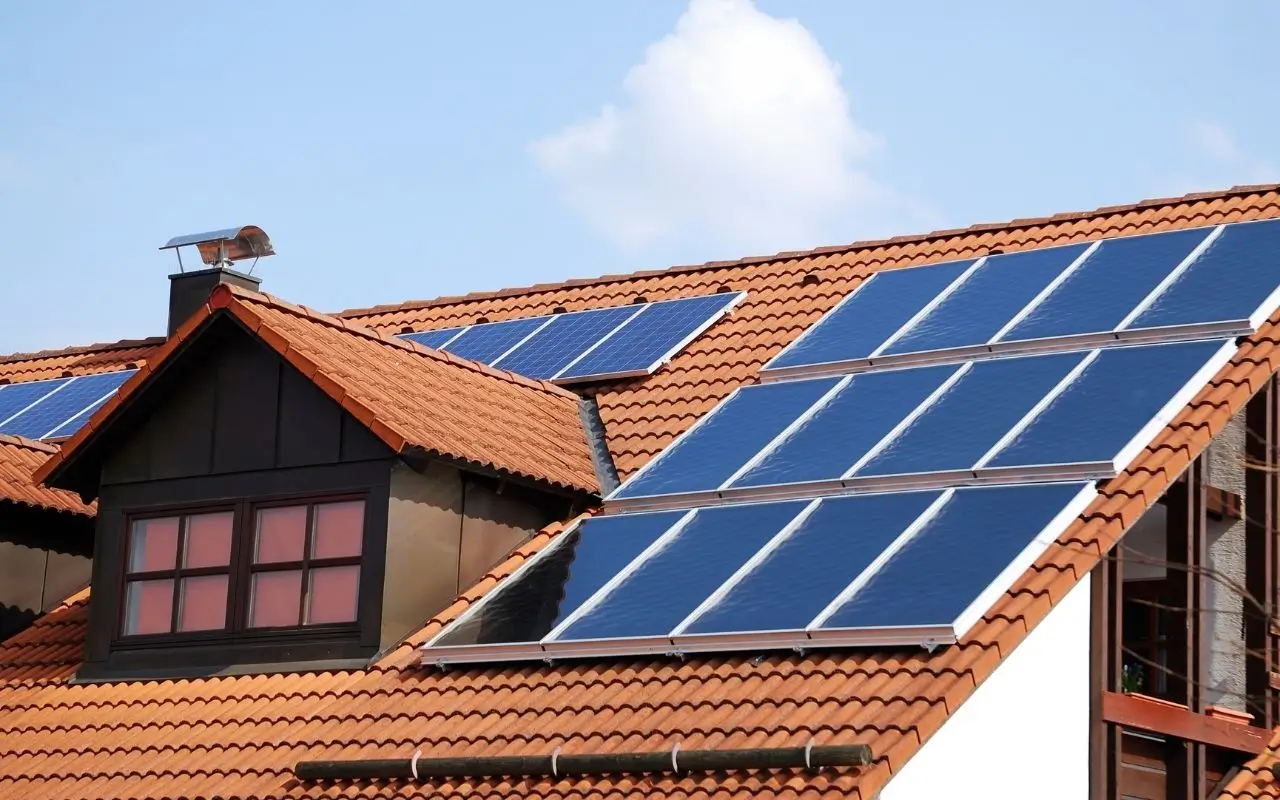
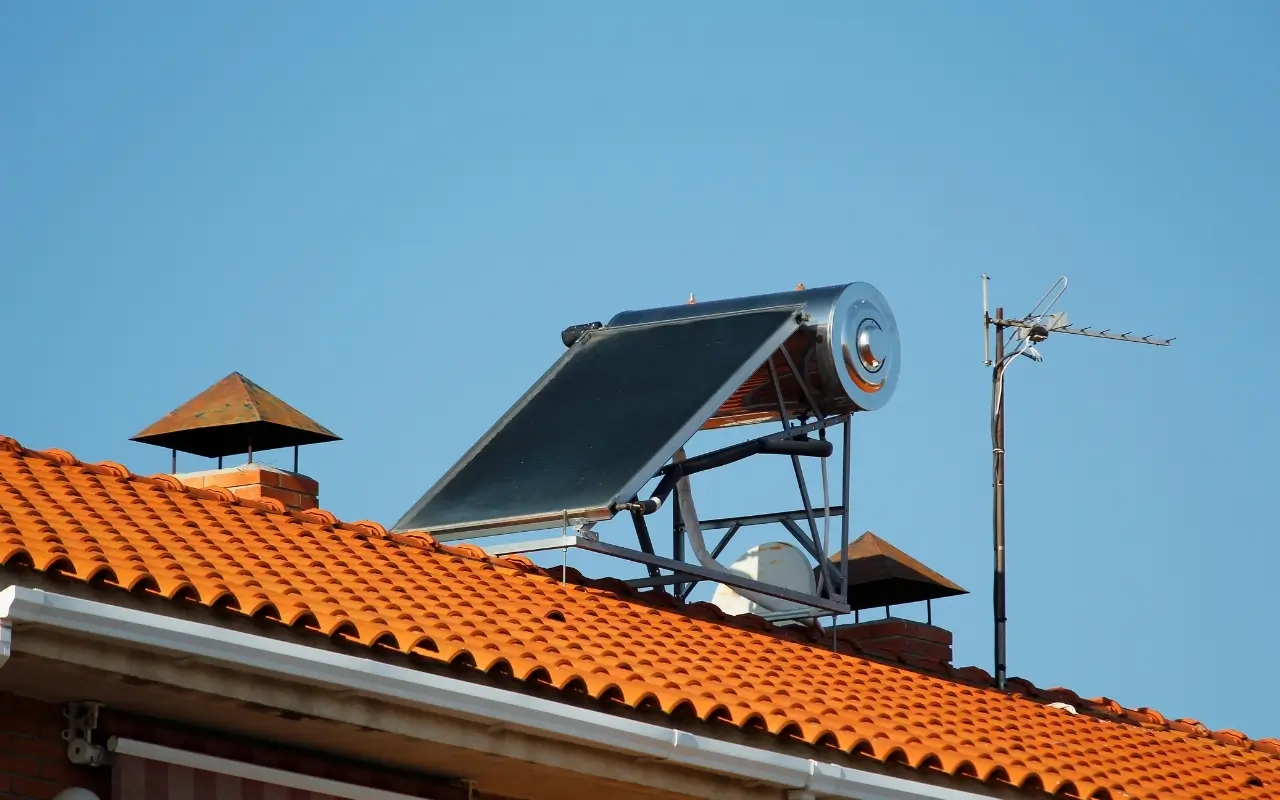
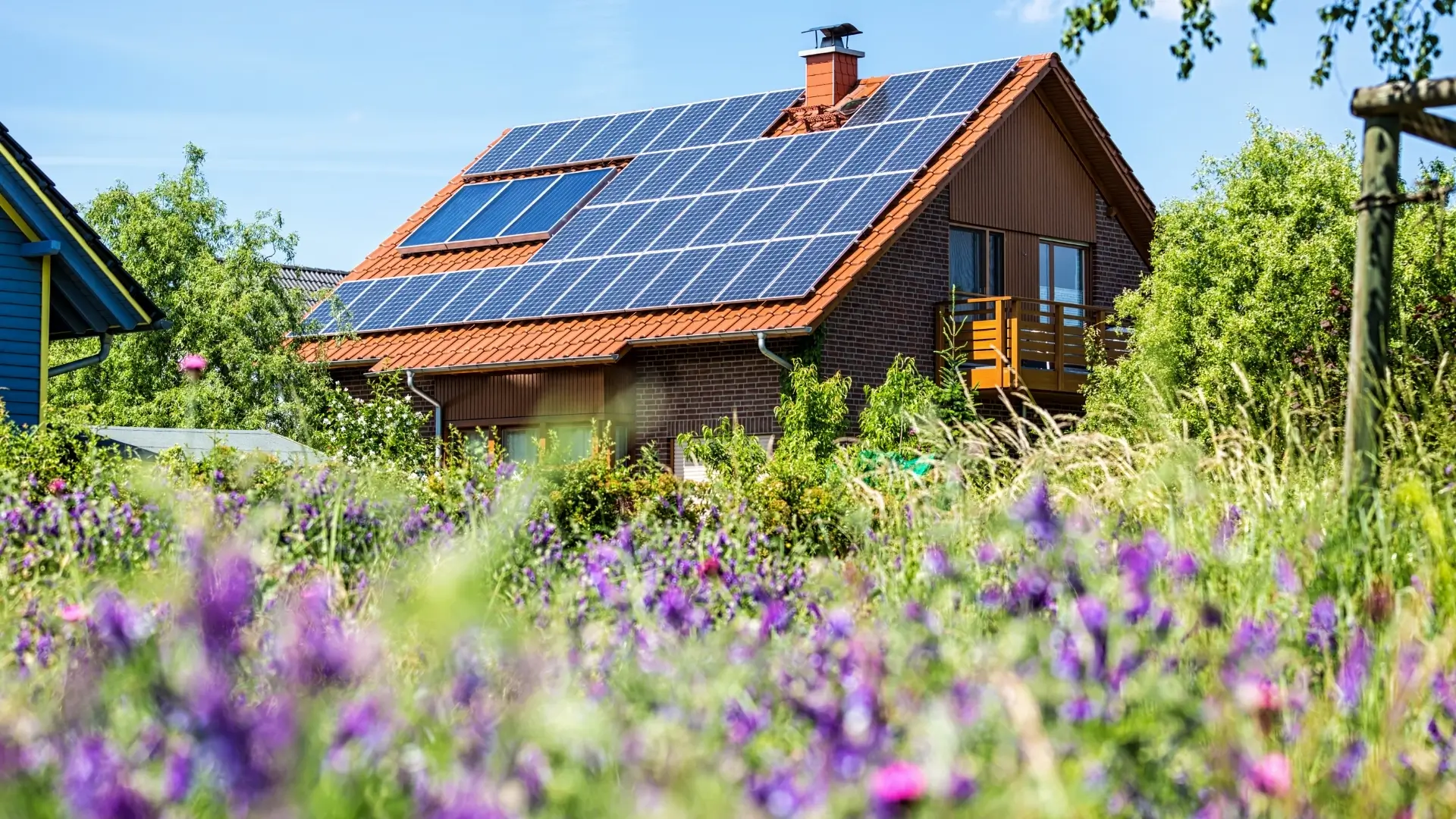
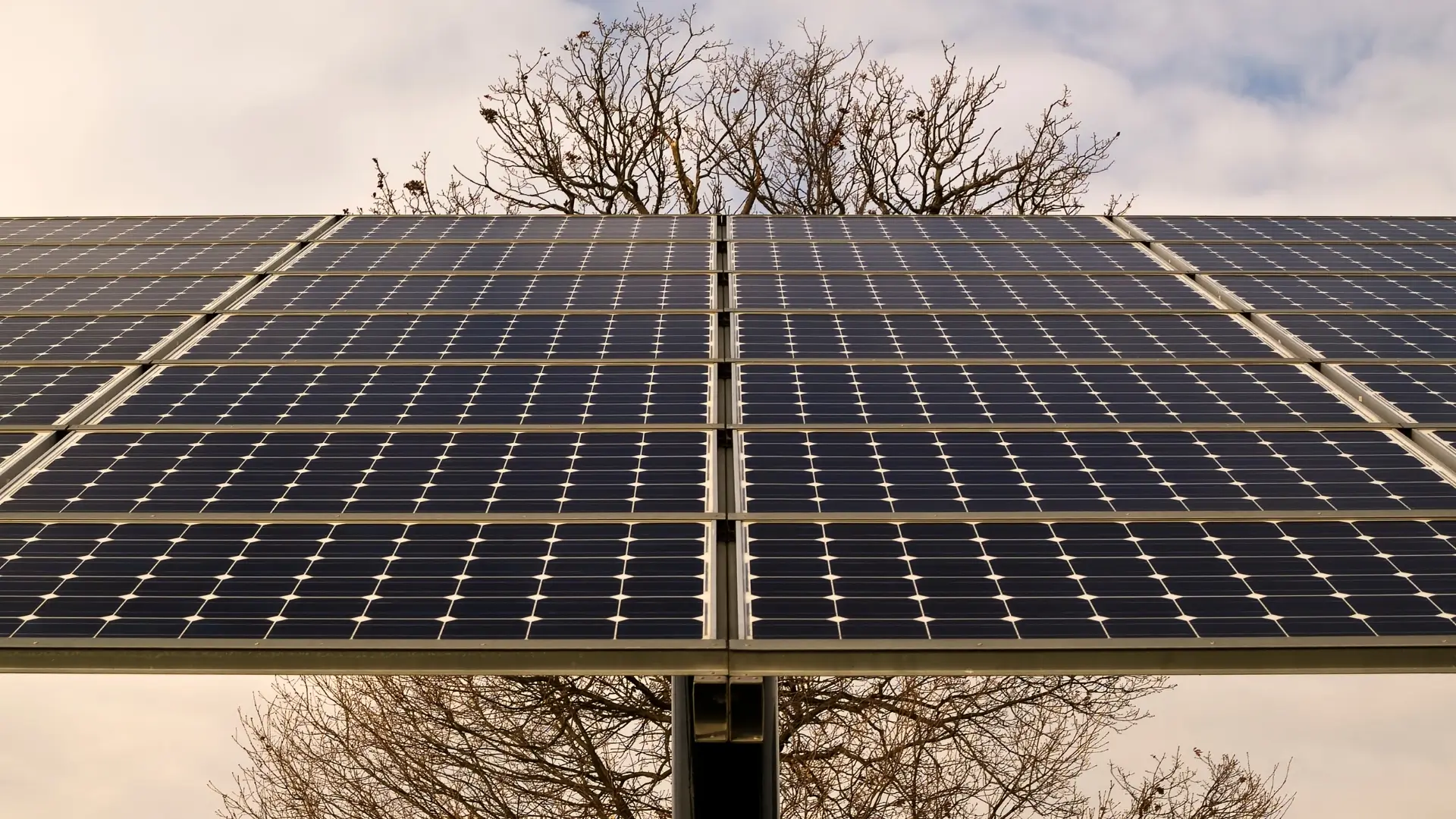
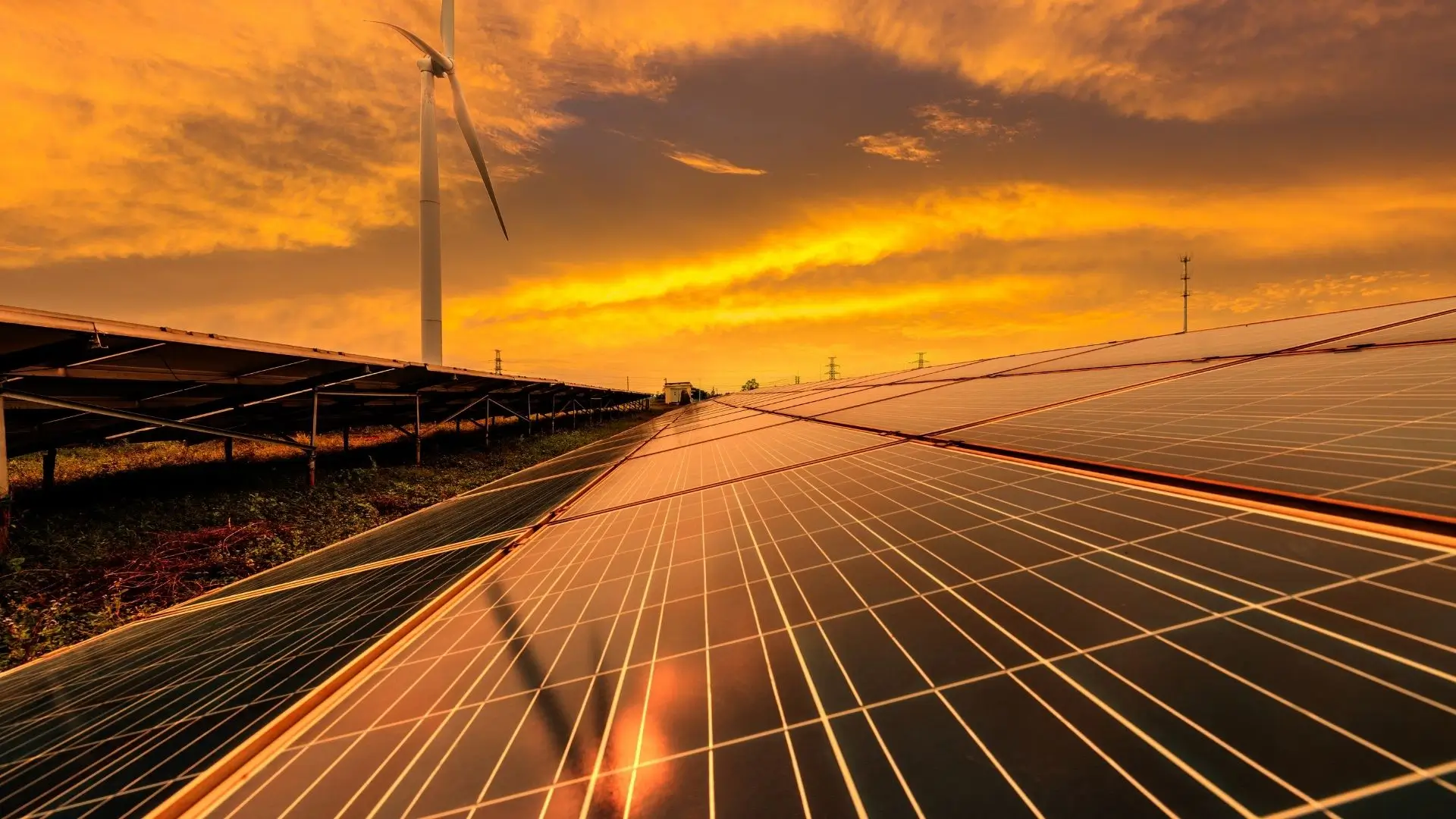
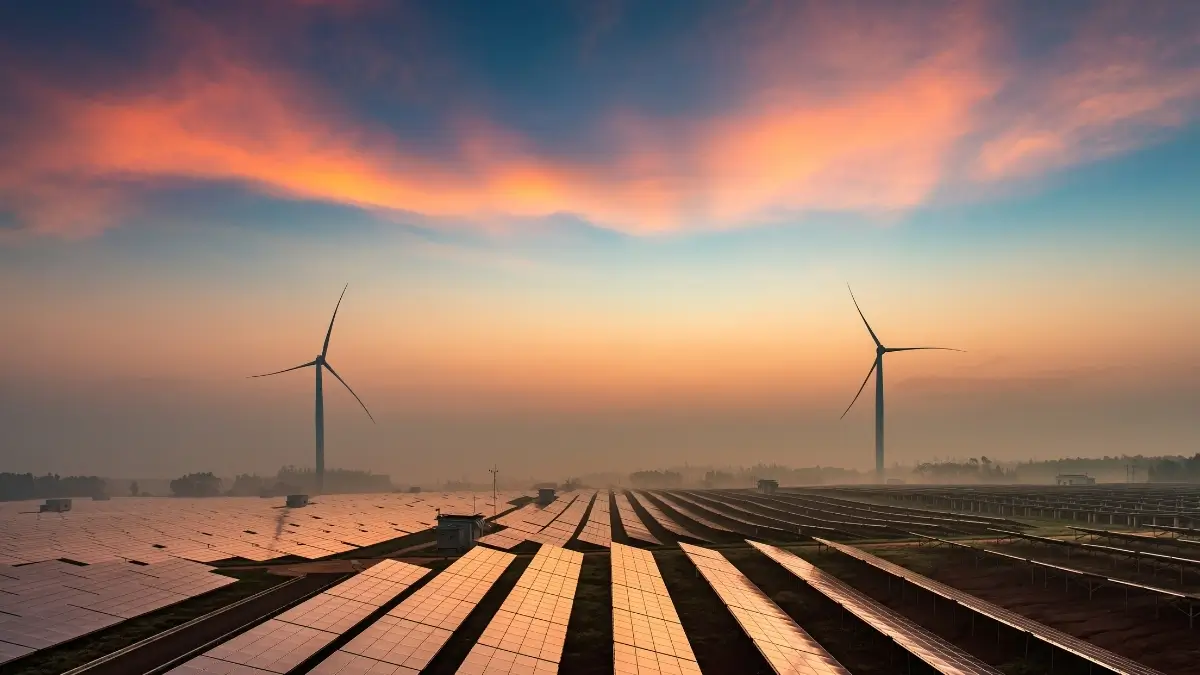
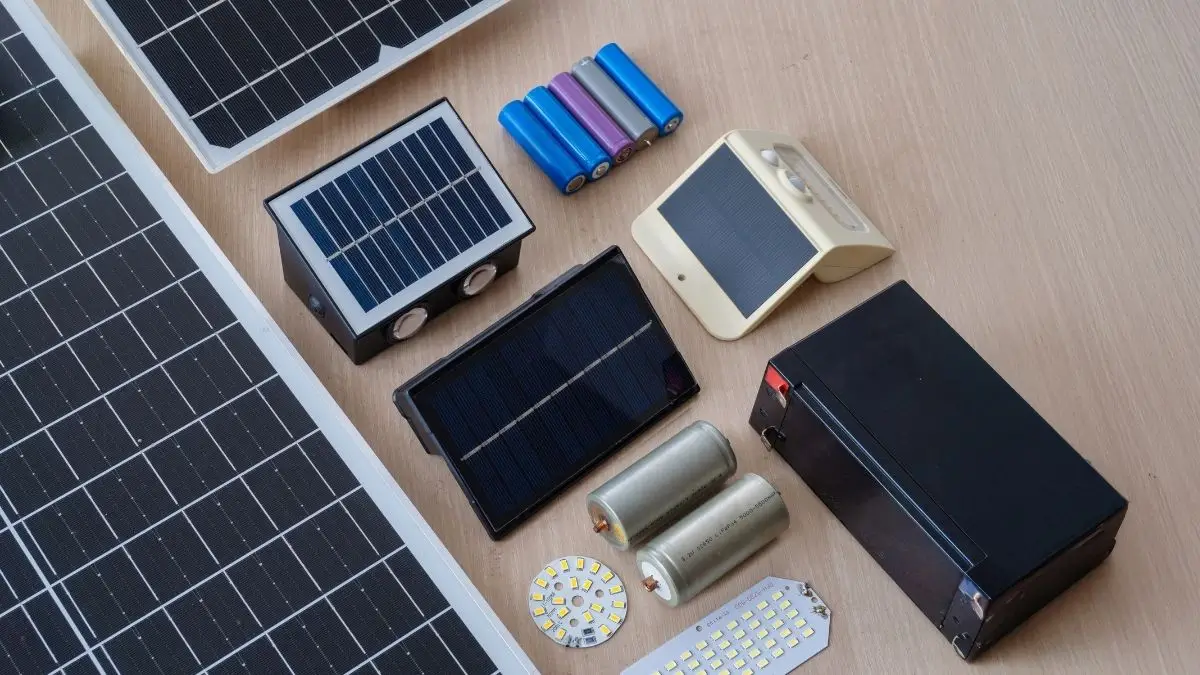
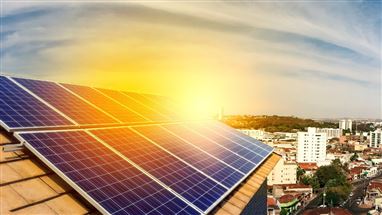
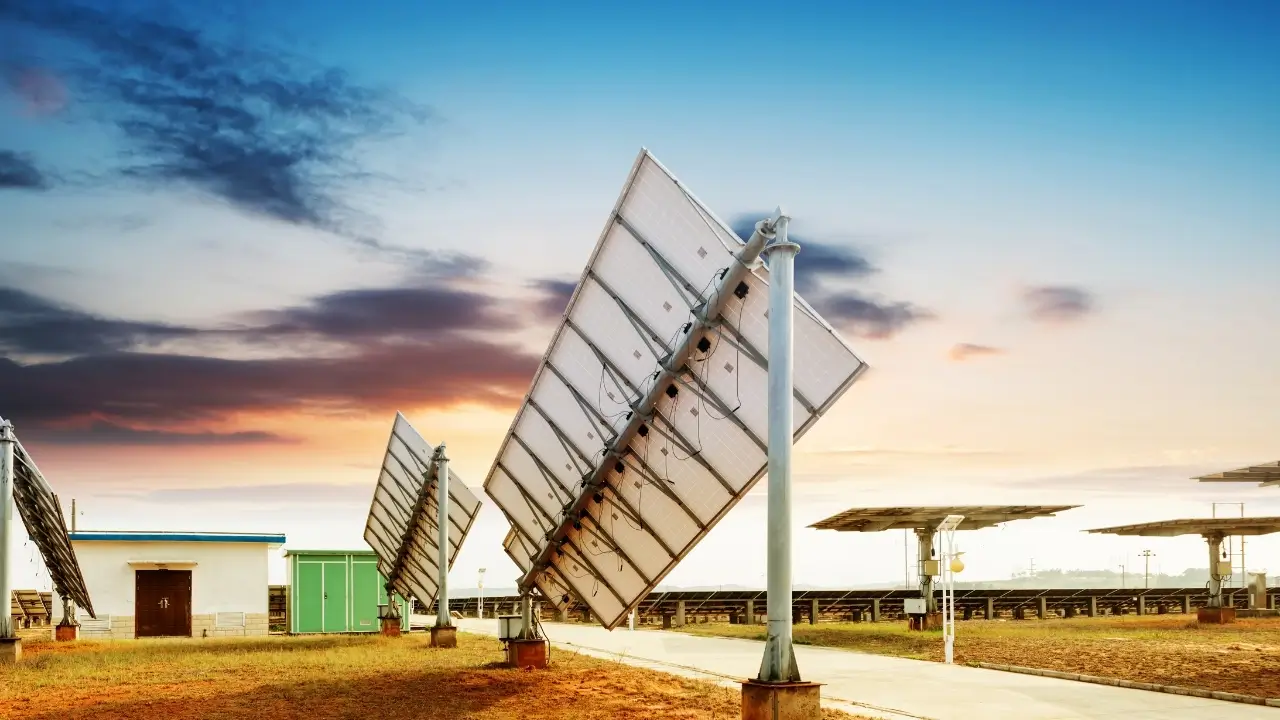
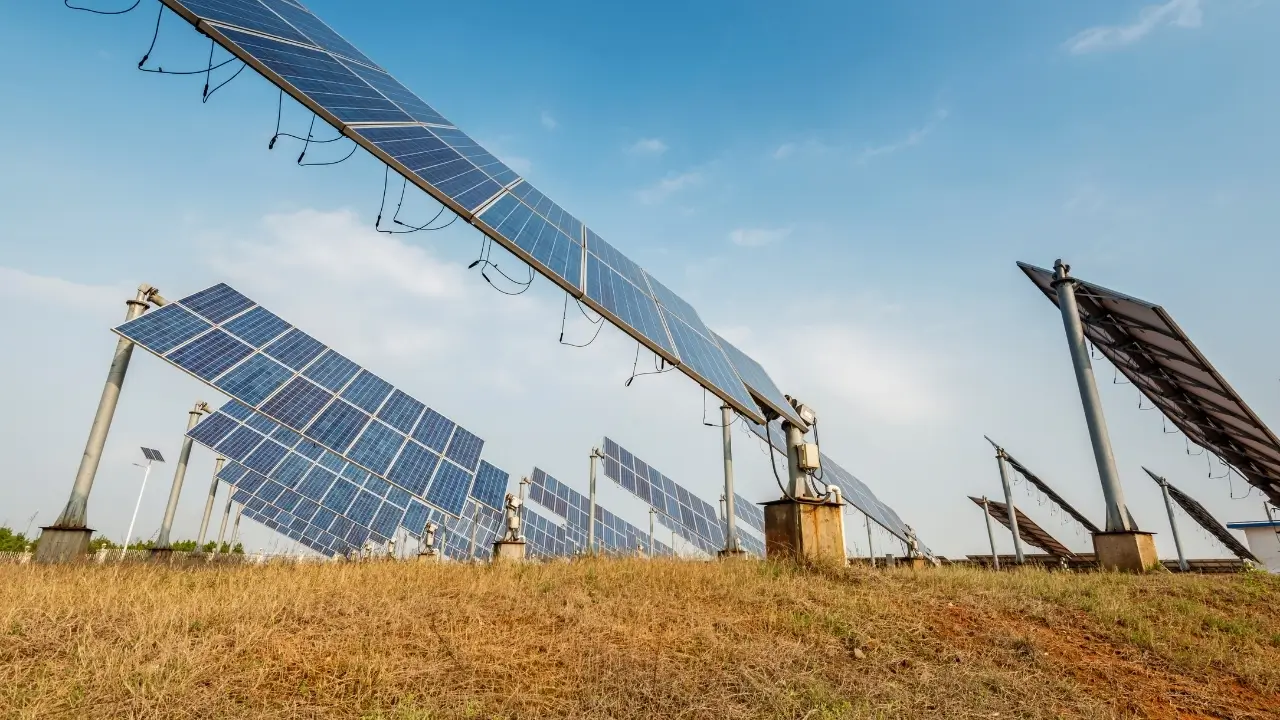
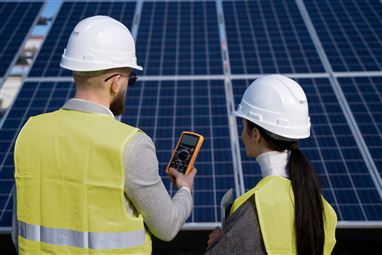
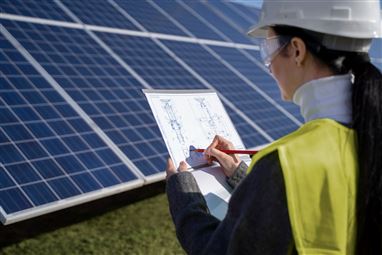
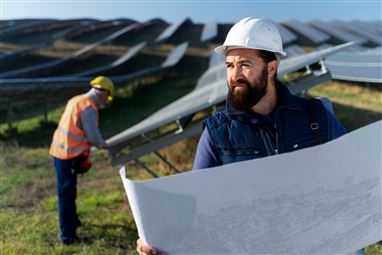
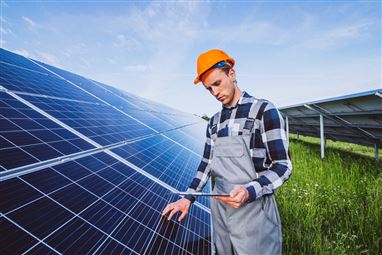
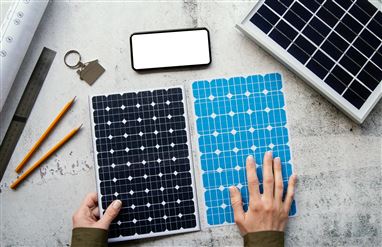
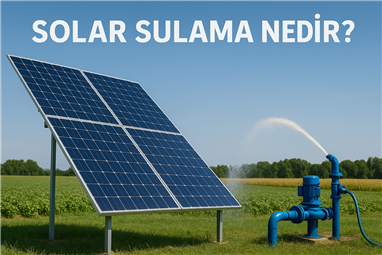

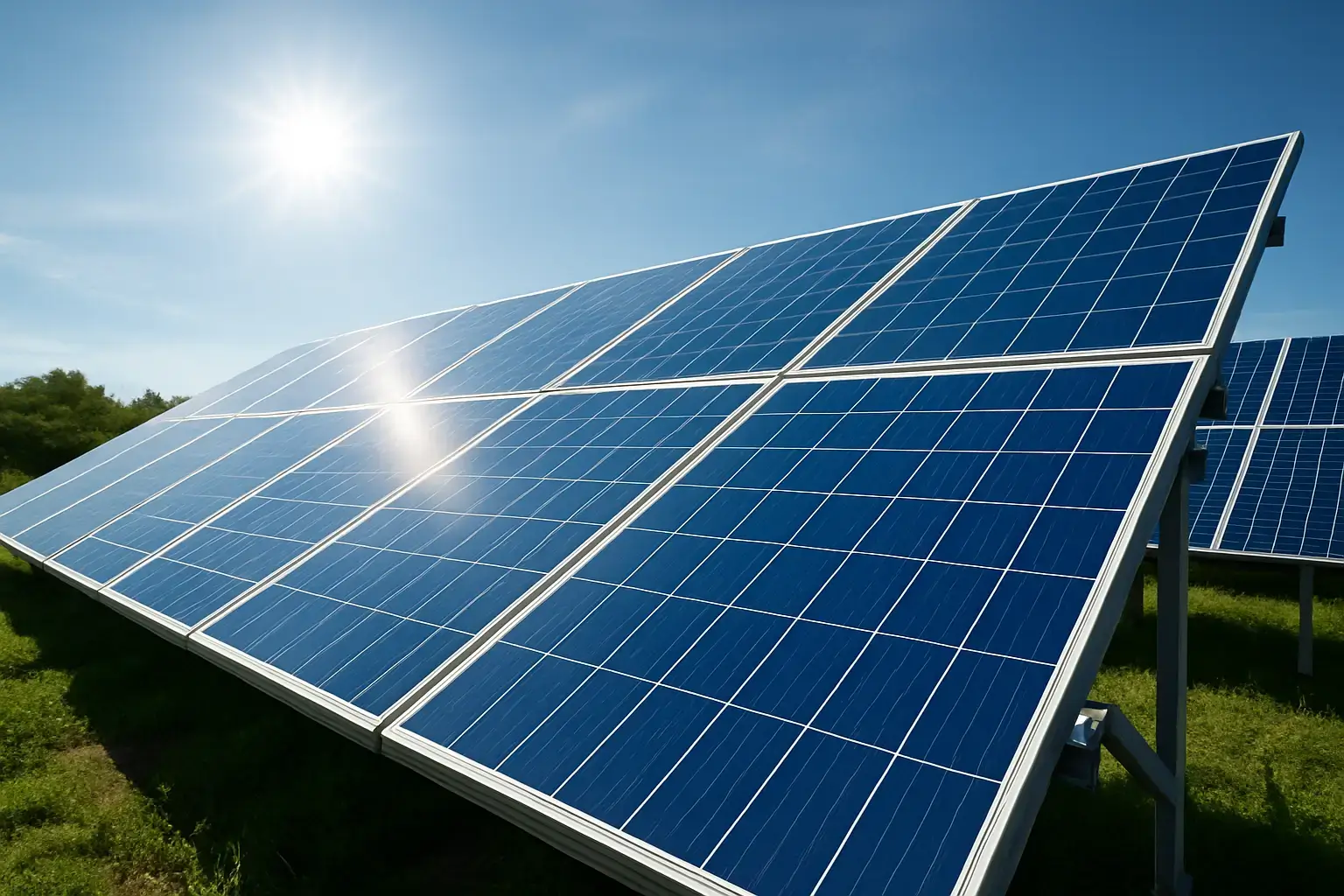
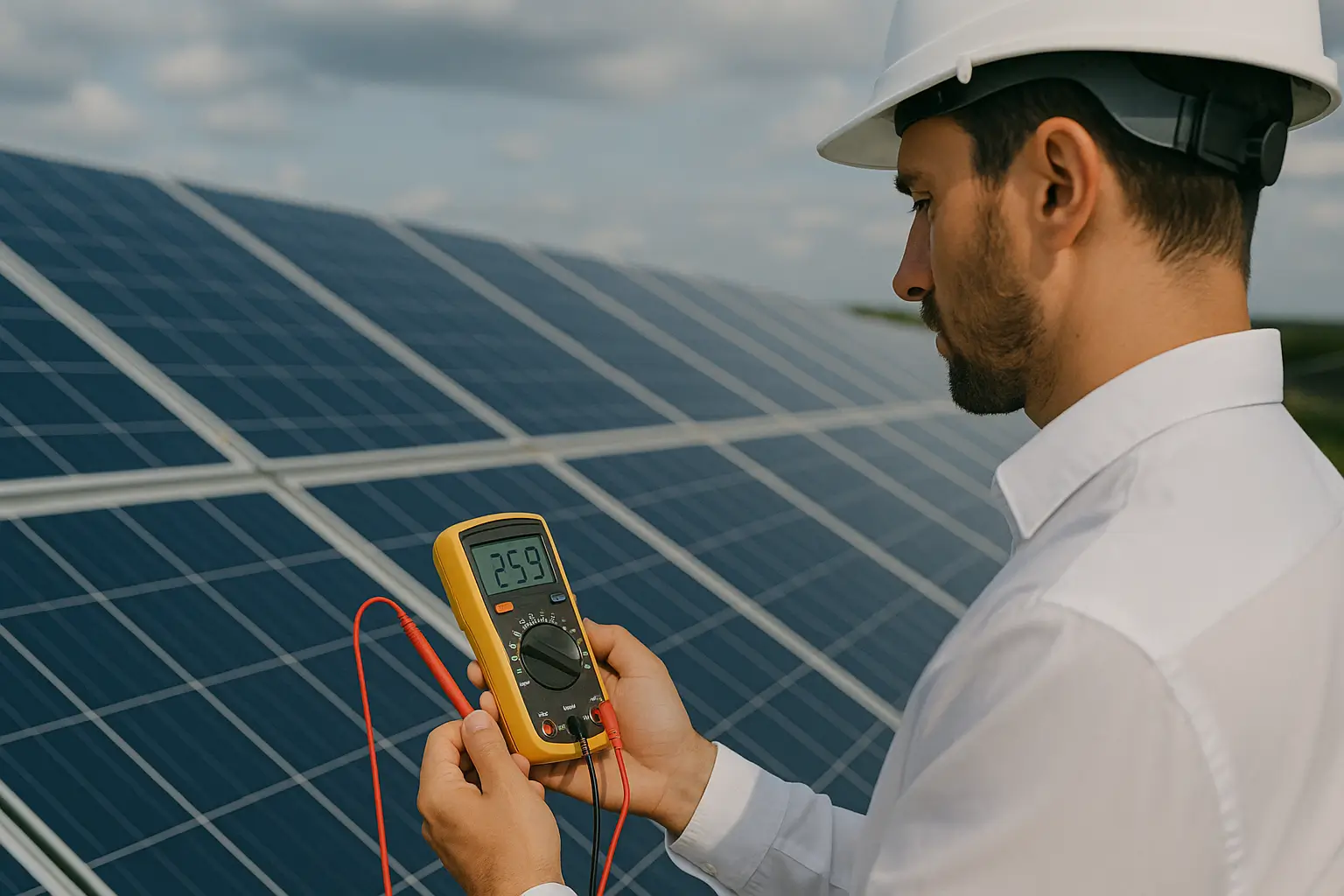
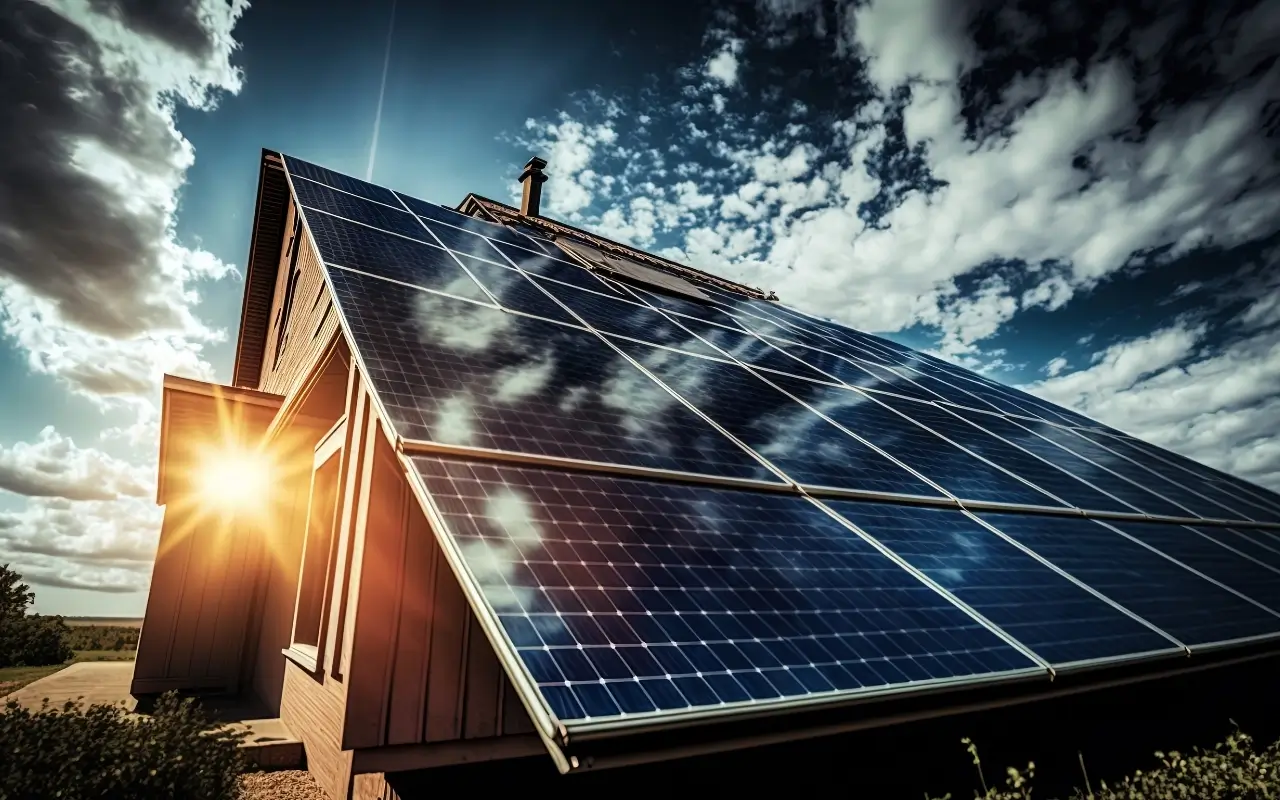
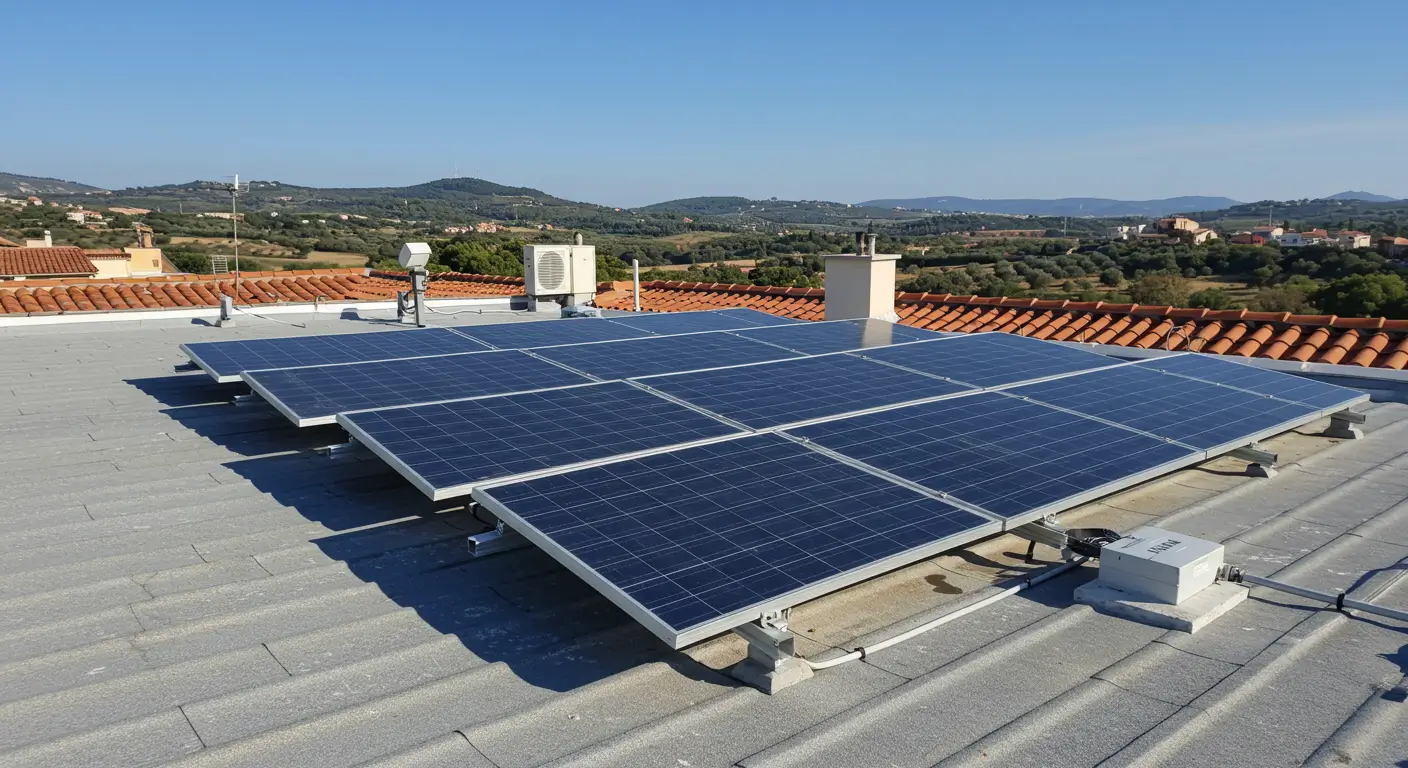
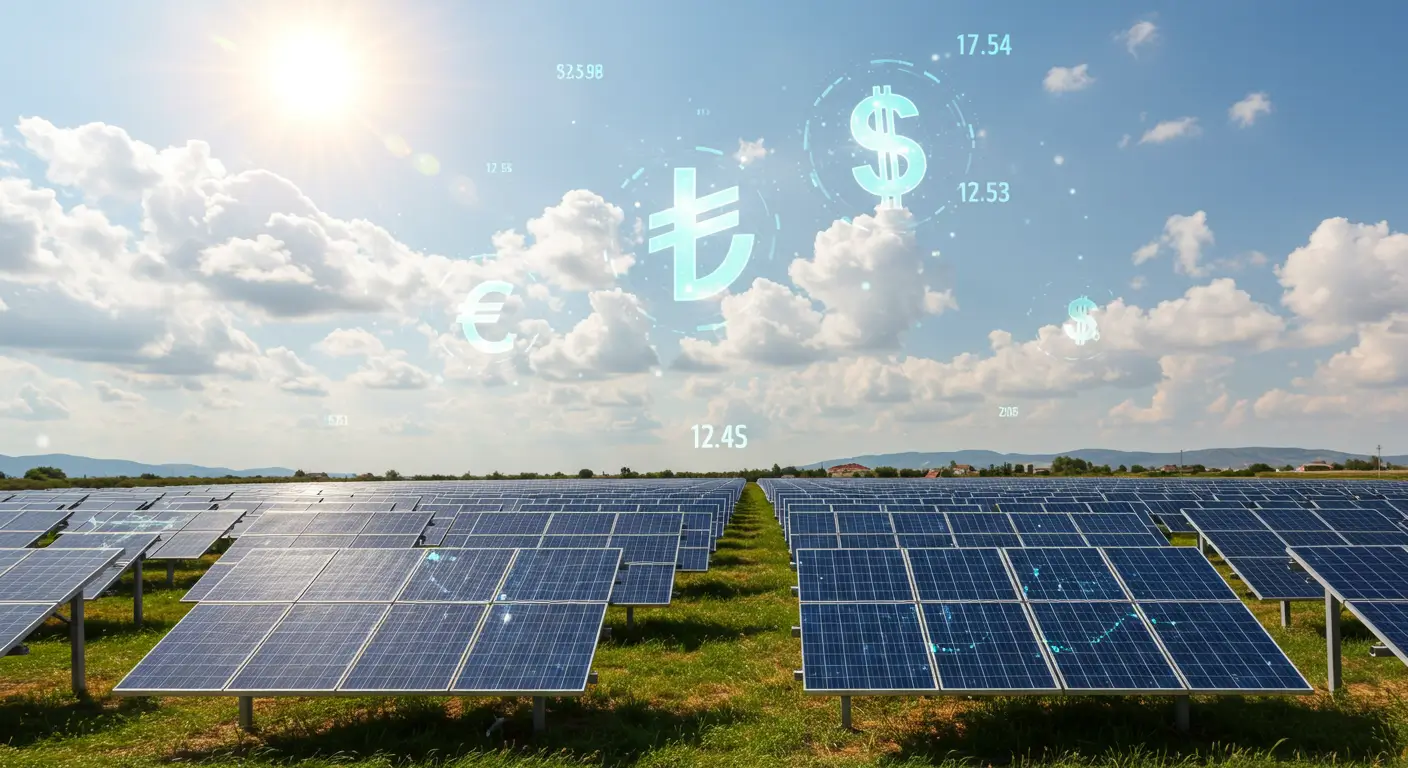
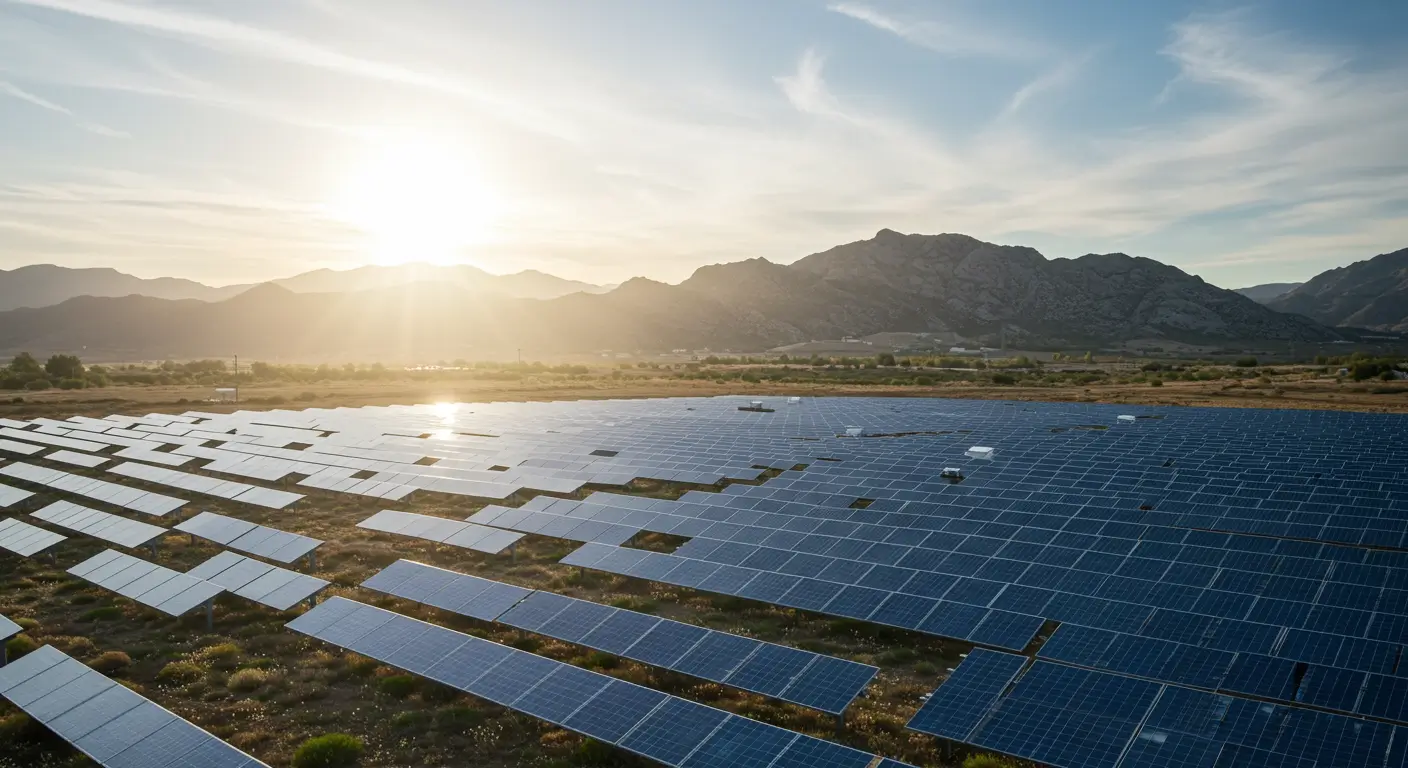
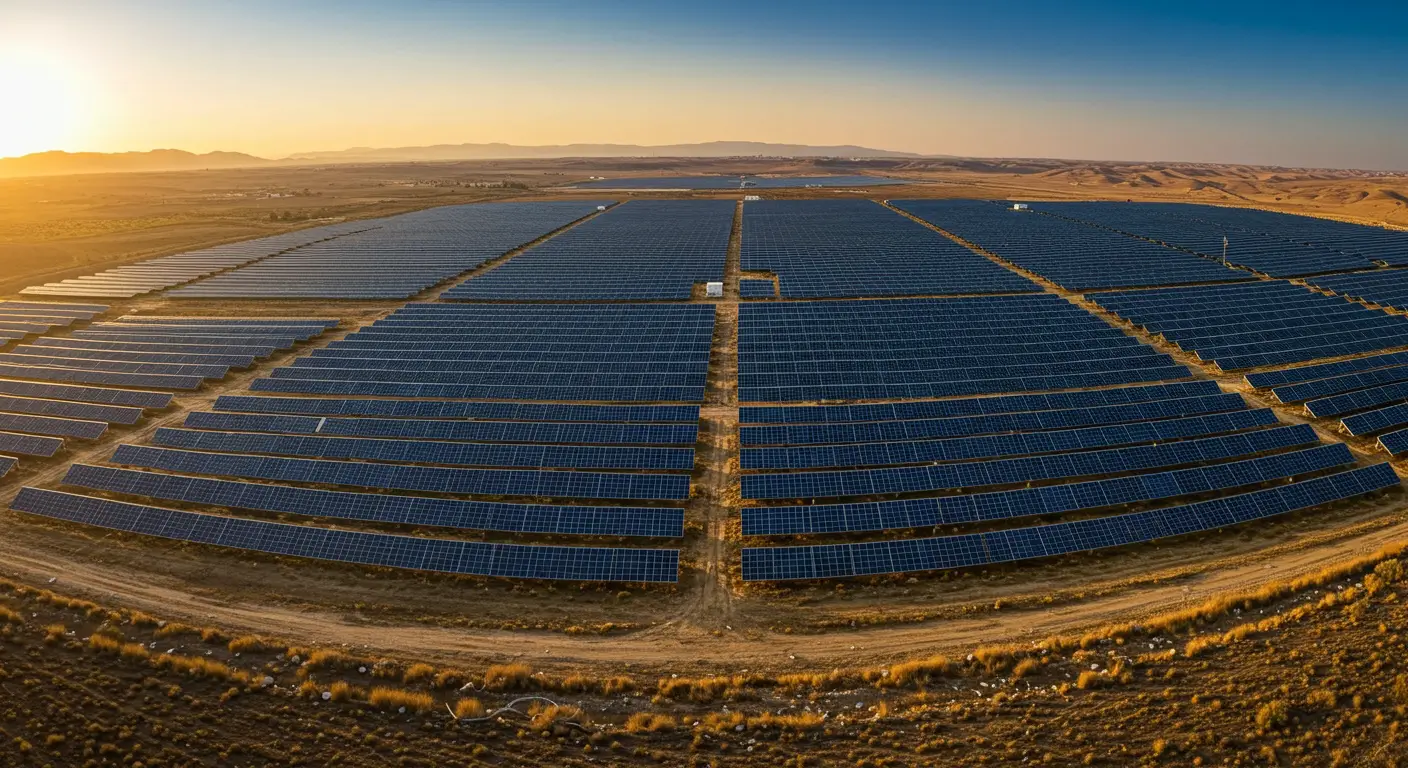
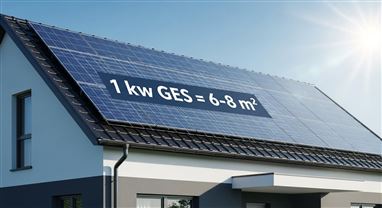
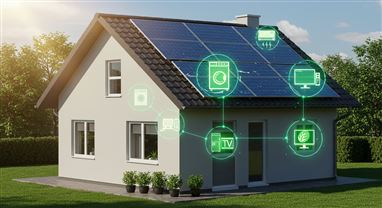
Do Comment